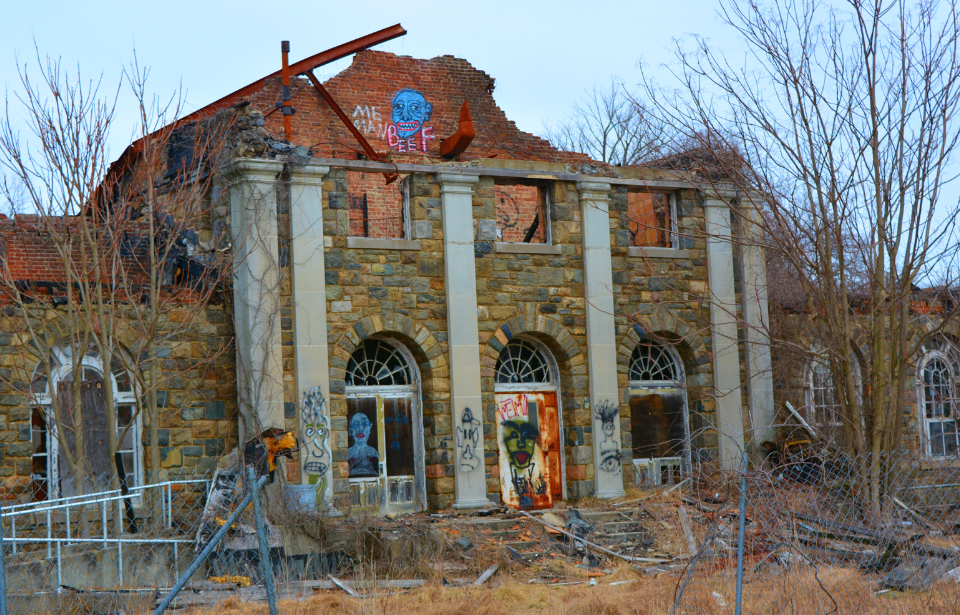Nestled in Rock County in the hamlet of Thiells, New York, sits a compound of abandoned buildings that were once home to thousands of patients of the Letchworth Village institution. Intended to be a progressive development, the business turned to bad practices and the patients suffered as a result. Now, the eerie and decaying ruins are all that remain of the failed psychiatric hospital.
The facility was a positive step in the field of institutionalization
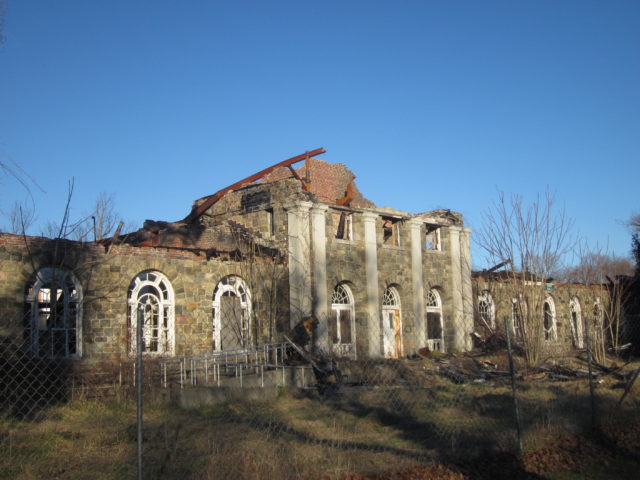
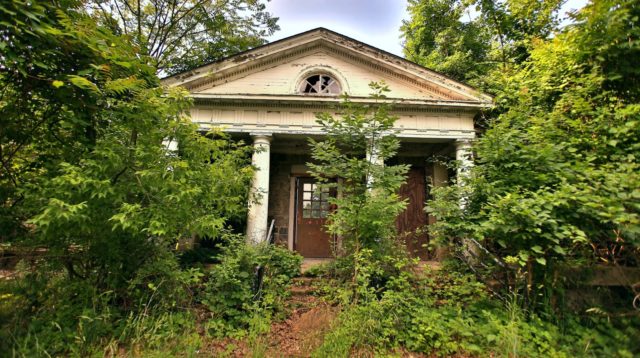
Letchworth Village was the brainchild of William Pryor Letchworth. He was a 19th-century businessman who, after retiring at the age of 50 in 1878, decided to dedicate the rest of his life to creating a place that saw to the welfare of the less fortunate. Letchworth Village was to become a progressive new institution for the mentally and physically ill. Unfortunately, Letchworth died before construction was completed.
In 1907, the state approved his plans for Letchworth Village and in 1909 they secured the property in the hamlet of Thiells. The Village was located on about 2,300 acres where 130 buildings were built. The first patients were admitted on July 10, 1911.
Corinne McGeorge, an amateur historian on Letchworth Village, said, “This facility was beautifully planned and built.” At the peak of its operation, Letchworth employed around 10,000 local New Yorkers. “Almost every family in North Rockland had someone working up there, and many in the same family worked in various buildings,” McGeorge explained.
Letchworth was self-sufficient
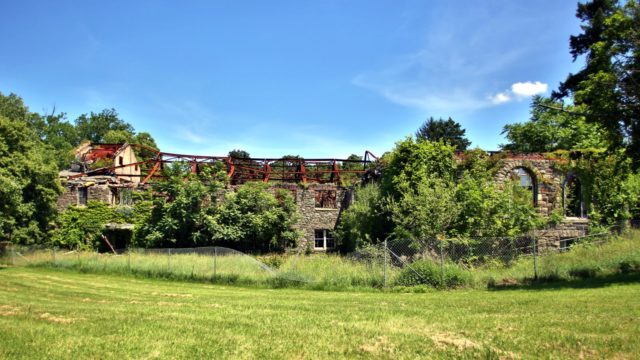
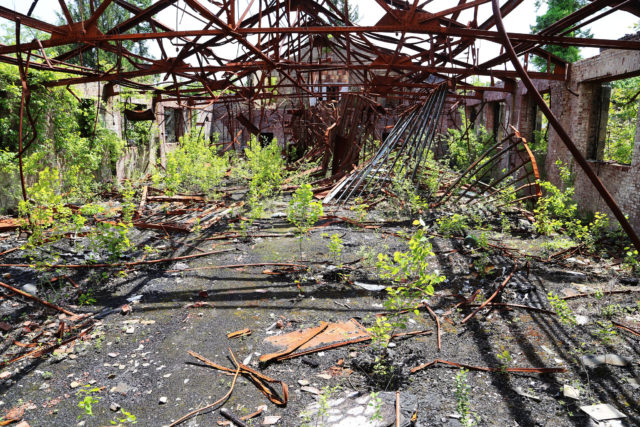
As Letchworth was located on such a large piece of property, it was built to be self-sufficient. Many of the buildings were outfitted for different purposes, including kitchens for cooking, and dedicated rooms for sewing, welding, cleaning, shoe repair, and carpentry. The Village also had a farm with fields of both crops and animals.
The patients of Letchworth were employed to contribute to the operation of the Village. They were allocated their jobs after being divided into one of three now-offensively termed groups based on their perceived mental capabilities.
The facility came under fire for neglect
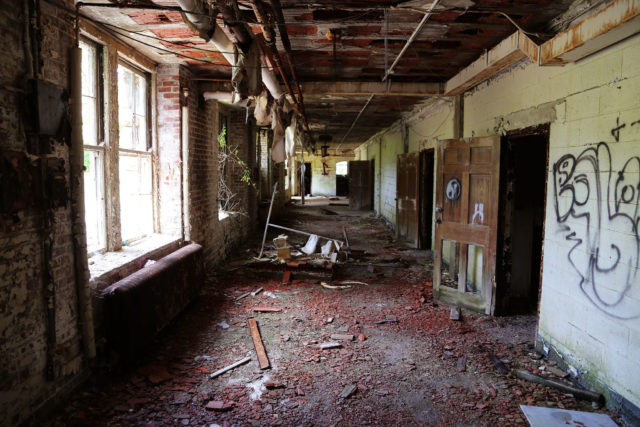
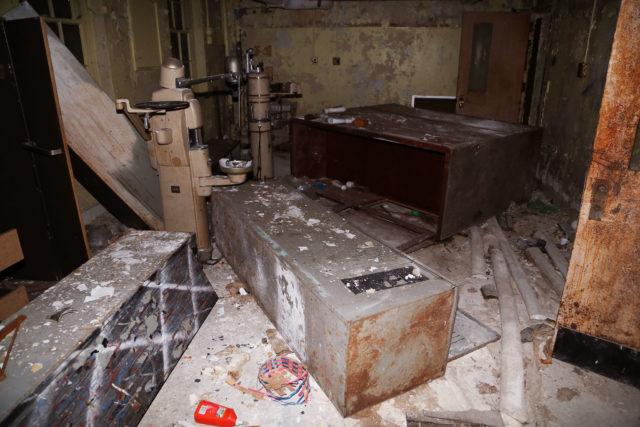
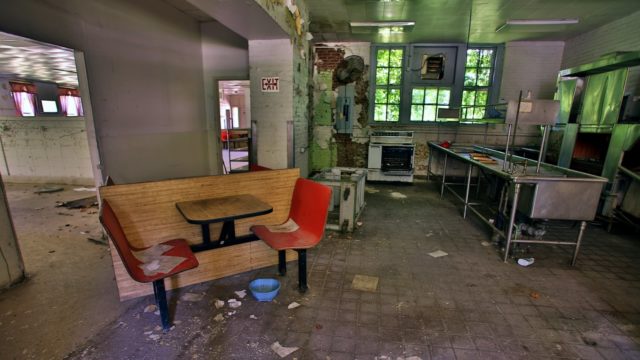
Letchworth operated efficiently and the patients really did help to make the institution self-sufficient. However, it developed a reputation as a place people went to but never returned from. Patients had no reason to leave and care was provided on-site.
By 1935, Letchworth had reached its maximum number of residents. Unfortunately, others were still being admitted but no additional funding or staffing was being provided. This resulted in overcrowding and terrible living conditions.
In the 1940s, journalist Irving Haberman published an exposé of photographs that showed unclothed and unbathed patients sleeping on mattresses on the floor, helping to show that Letchworth was a place full of poor living conditions. However, nothing was done about it at the time and operations continued at the Village.
The patients were human guinea pigs
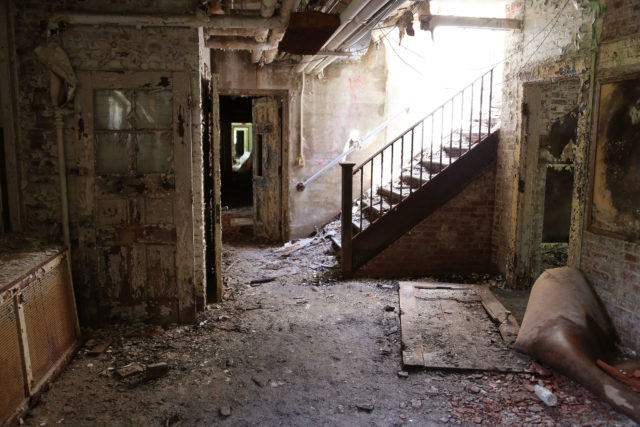
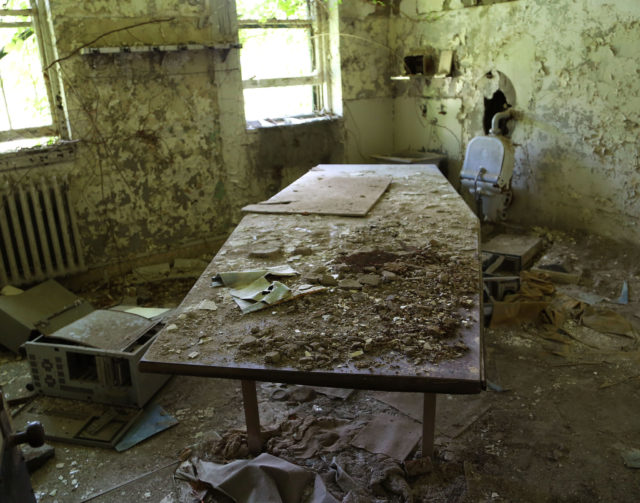
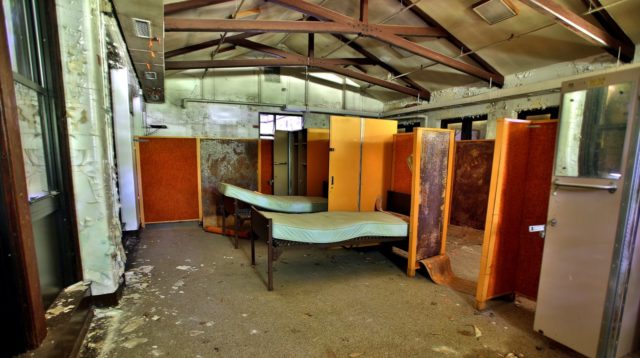
Letchworth was transparent about the experimental work they performed on patients. Psychiatric and medical clinical trials were conducted on patients who were treated like guinea pigs. Letchworth Village was famously the site of the first human trials of the polio vaccine in the world.
It was children who were given the vaccine. Of the sample group, 17 of the patients developed antibodies to the disease and not one experienced any complications following the injection. The success of the polio vaccination testing at Letchworth is likely why the institution could continue operating for decades despite the accusations of neglect and abuse.
The facility was closed pretty recently
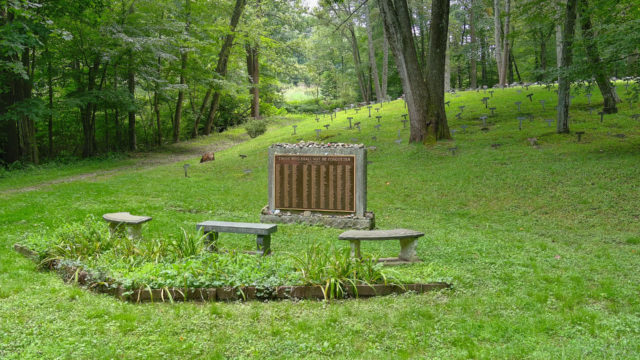
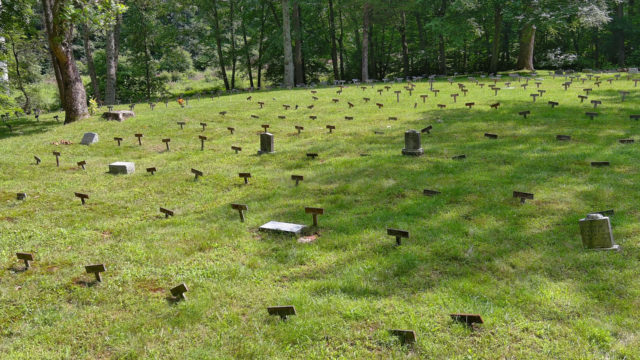
In the end, Letchworth become so overcrowded and understaffed that the state began the slow process of relocating patients and closing the institution. Surprisingly, Letchworth stayed operational all the way until 1996, when its doors finally closed forever.
Following its closure, a small cemetery was found hidden in a forest near Letchworth that had about 900 shallow graves. Most of the graves were child-sized, and the public became outraged that they were labeled with numbers rather than names. A memorial was eventually erected to honor those who died at the facility. An inscription reads, “Those who shall not be forgotten.”
More from us: This Haunted Medical Center Has Starred in Numerous Hollywood Movies
Parts of land that Letchworth was built on were sold and converted into golf courses. Some of the buildings at Letchworth were converted into working businesses, but most of them have been completely abandoned.
